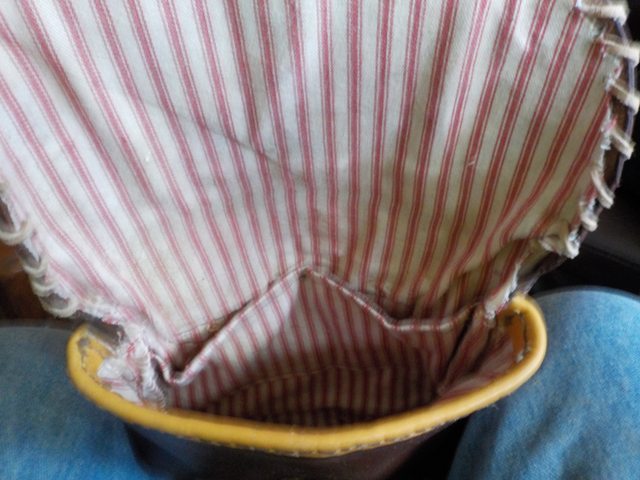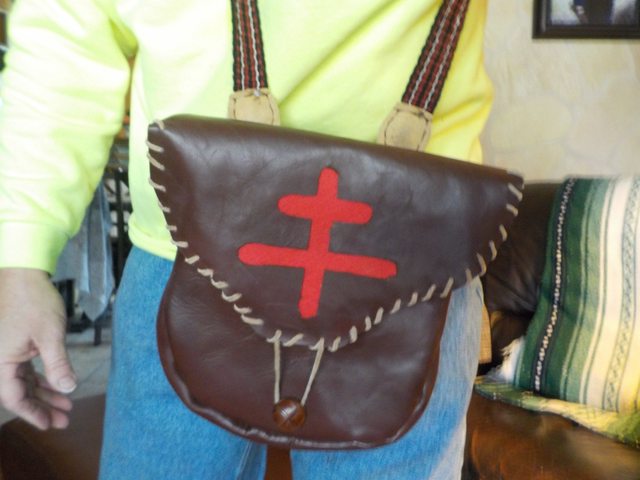jgraham1
40 Cal
All,
I have a piece of tanned deer hide that is large enough to make a small hunting bag. However, it is very thin, which will probably lose the shape of the bag rather quickly by stretching I have read that you can line the hide with pillow ticking, I have the ticking also. The question I have is, what is the best way to attach the pillow ticking to the deer hide when making the bag? Glue it, if so, glue all the ticking or just the edges? Will spray-on fabric glue work? Stich the edges? Or both, glue and stich? Or is there a better way? Thanks.
Jerry
I have a piece of tanned deer hide that is large enough to make a small hunting bag. However, it is very thin, which will probably lose the shape of the bag rather quickly by stretching I have read that you can line the hide with pillow ticking, I have the ticking also. The question I have is, what is the best way to attach the pillow ticking to the deer hide when making the bag? Glue it, if so, glue all the ticking or just the edges? Will spray-on fabric glue work? Stich the edges? Or both, glue and stich? Or is there a better way? Thanks.
Jerry














